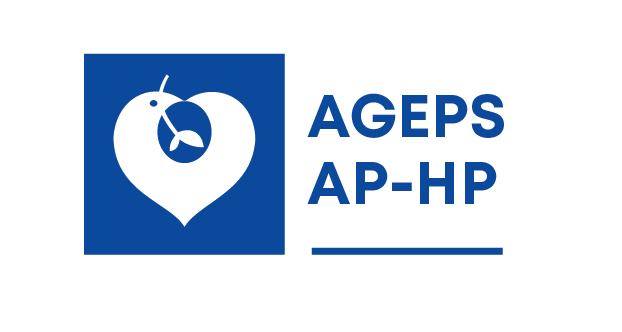Carole Therasse (1), Isabelle Fusier (1), François Bocquet (1), Anne-Laure Cordonnier (1), Martine Sinègre (1).
(1) Therapeutic Evaluation Team (TET), General Agency of Equipment and Health Products (AGEPS), Assistance Publique-Hôpitaux de Paris (AP-HP), Paris, France.
Background and Objective
The European Medicinal Agency has restricted the hydroxyethyl starch’s (HES) use for vascular filling since October 2013, due to safety concerns. Following this European decision, the AGEPS needed to reassess crystalloid solutions. Using BICS was reported to decrease the risk of electrolyte disturbances vs. ICS. The decision-making process of drugs selection in the AP-HP is based on effectiveness, safety and economics. The aim of this study was to assess the interest to use BICS for vascular filling, in order to list one or not for our hospital drug formulary (HDF).
Setting and Method
An analysis was conducted by TET and submitted to the AP-HP Committee of Medicinal Products
(COMED), based on: i) scientific assessment of ICS (comparison of products’ characteristics, French Society of Anesthesia and Intensive Care’s (SFAR) opinions review), ii) request of AP-HP experts’ opinions by a questionnaire (each conflict of interest was checked).
Main outcome measures
i) Scientific assessment synthesis, ii) experts’ questionnaire answers.
Results
3 BICS are marketed in France. Their compositions differ: ringer lactate (RL) contains more specifically: calcium, lactate, chlorine at 111 mmol/L; Isofundine®: magnesium, calcium, acetate, malate, chlorine at 127 mmol/L; Plasmalyte Viaflo® (PV): magnesium, acetate, gluconate, chlorine at 98 mmol/L, no lactate, no calcium. RL is contraindicated in case of lactic acidosis and is at risk of edema. 0.9% sodium chlorine (SC) is a non-BICS. In 2012, the SFAR couldn’t (lack of beneficial proof) recommend to use balanced crystalloid solutions in all acute or perioperative patients. Nevertheless, they should be preferred (demonstrated efficacy and safety, link between preventing hyperchloremic acidosis (HA) and infusing balanced solutions (BS), deterioration of organ function
and mortality increase with non BS). 5 of 17 requested experts responded with all a positive opinion. 3 main directives: i) HA occurs frequently when infusing SC high volume, ii) BICS should be preferred, especially as they have the same vascular filling efficacy vs. non BICS, iii) more using crystalloid remains logic due to HES’s European restrictions. In addition, PV’s low chloride level reduces the risk of HA vs. SC. PV could replace RL in its all indications, as containing no lactate is an advantage in case of lactic disturbances and containing no calcium is compatible with blood. All experts signaled a risk of confusion with the look-alike drug named Plasmalyte Viaflo G5® containing glucose. Moreover, PV’s price is about 6 times RL’s.
Conclusions
Despite of the interesting concept, the COMED gave a temporary unfavorable opinion to list PV in AP-HP HDF, due
to: i) insufficient level of scientific evidence, ii) risk of confusion, iii) too high price. New strong comparative clinical data (a hospital clinical research project has been submitted) might change COMED’s decision.
Poster ESCP Symposium, Copenhagen, Denmark, 22-24 October 2014

